Egyptian Mythology
-

Understanding Ancient Egyptian Religion Ancient Egyptian religion represents the traditional beliefs and practices of Egypt from the 4th millennium BCE until the decline of its indigenous culture in the early centuries CE. Ancient beliefs were deeply woven into the fabric of society, and despite the historical layers, most religious practices hold substantial connections to a…
-
Taweret, an intriguing deity from ancient Egyptian mythology, features a unique combination of attributes: the body of a hippopotamus, the limbs of a lion, and the head of a crocodile. This unusual physicality gives her a seemingly whimsical appearance, evoking imagery of gods playfully experimenting with forms. However, beneath this jovial exterior lies a powerful…
-

Often compared to the mythological phoenix of Greek heritage, the Bennu bird represents themes of renewal in ancient Egyptian culture. If you are passionate about mythology or simply interested in historical narratives, the stories surrounding the Bennu offer fascinating insights into the spiritual and cultural fabric of ancient Egypt. Understanding the Bennu Bird The Bennu…
-
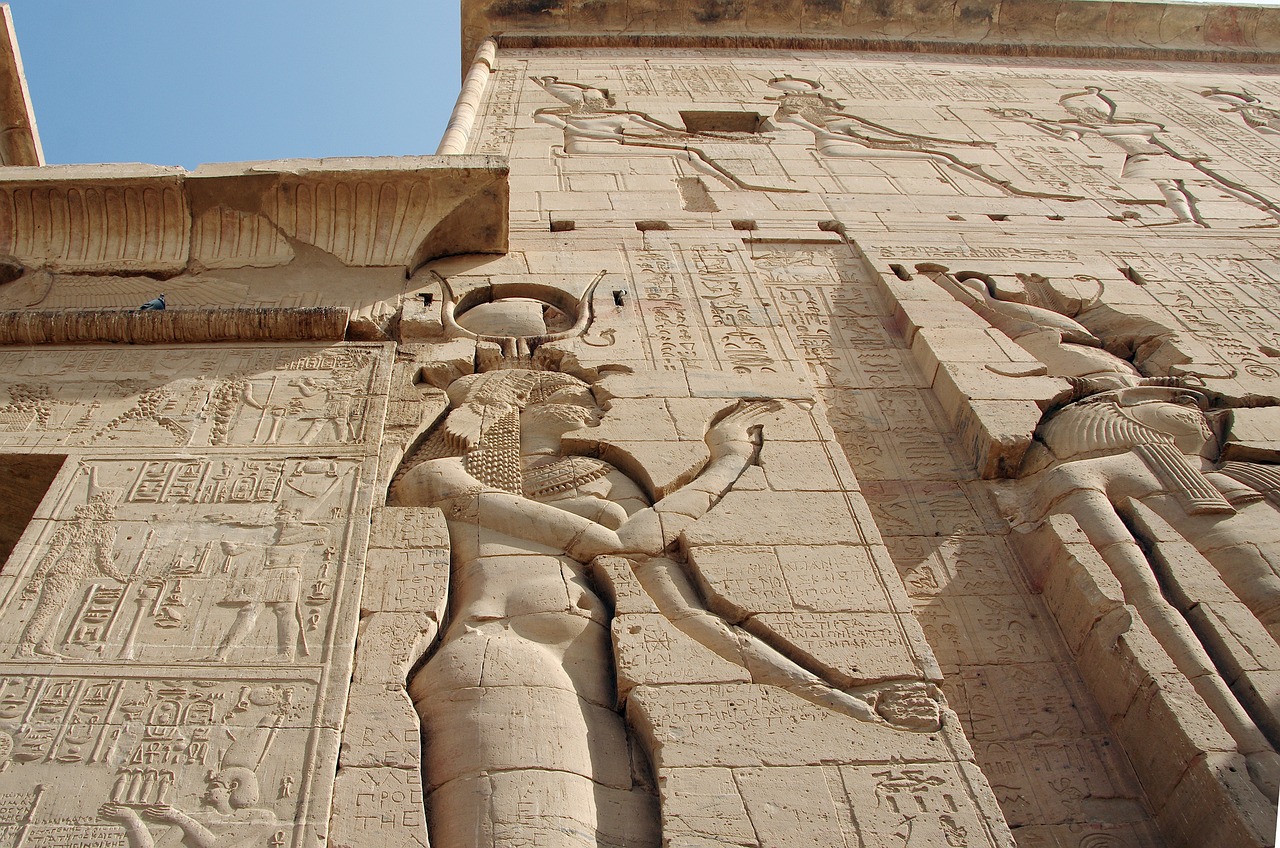
In ancient Egyptian lore, no goddess is more often heard speaking than Isis. Her narratives depict her engaging in conversations not just with fellow deities but also with her devotees. This communication style reflects her distinct attributes, as her growing narrative absorbed Greek cultural elements following Alexander’s conquest of Egypt in 332 BC. An integral…
-
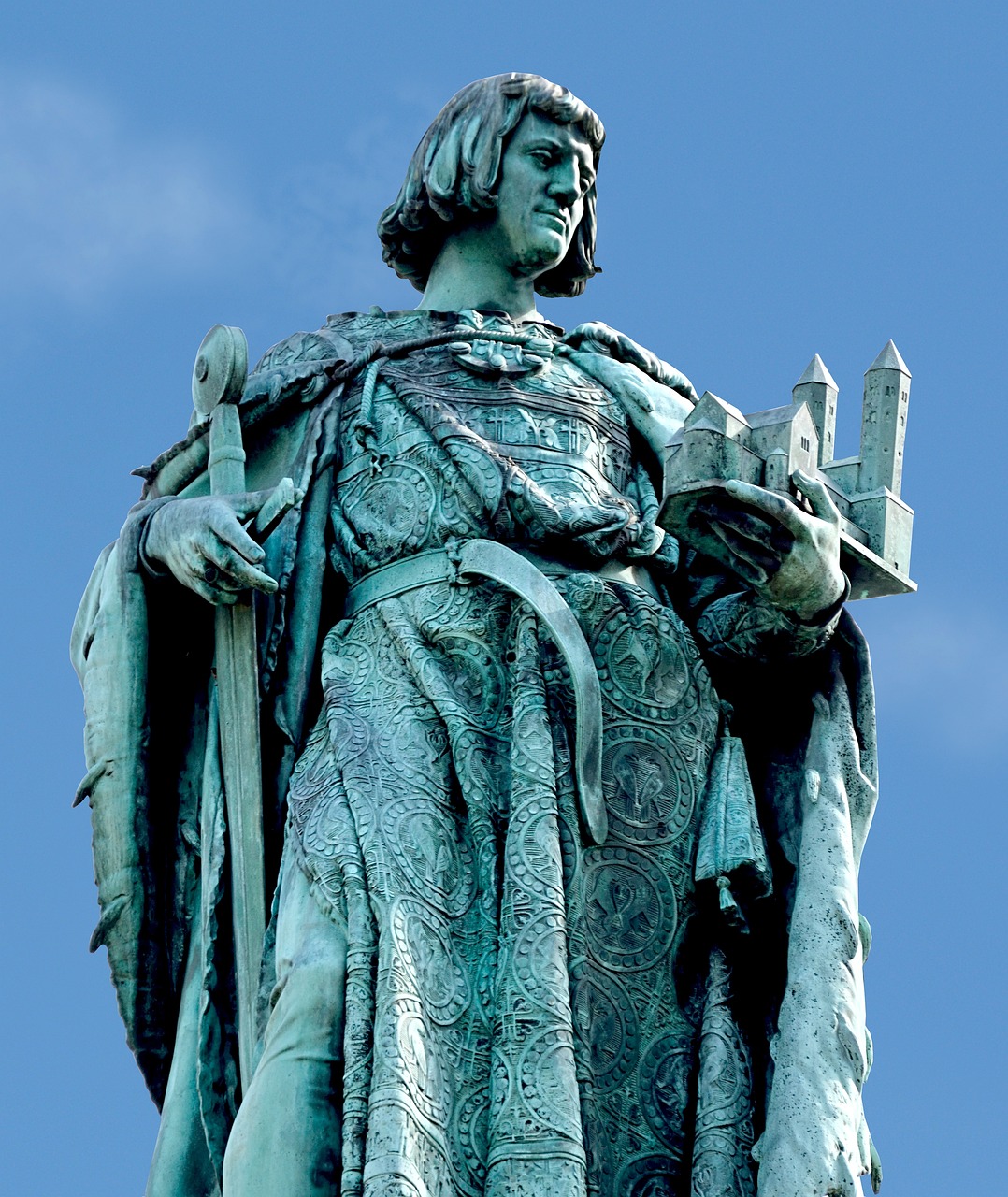
Ptolemaic Period Sculpture: The Bes-Image Located in Gallery 131 at The Met Fifth Avenue, this remarkable sculpture represents the deity known as Bes, specifically characterized as a “Bes-image.” While Bes is often depicted in its likeness, the actual name of the figure remains unidentified on this statue. From the Kushite Period, stylized representations of Bes…
-
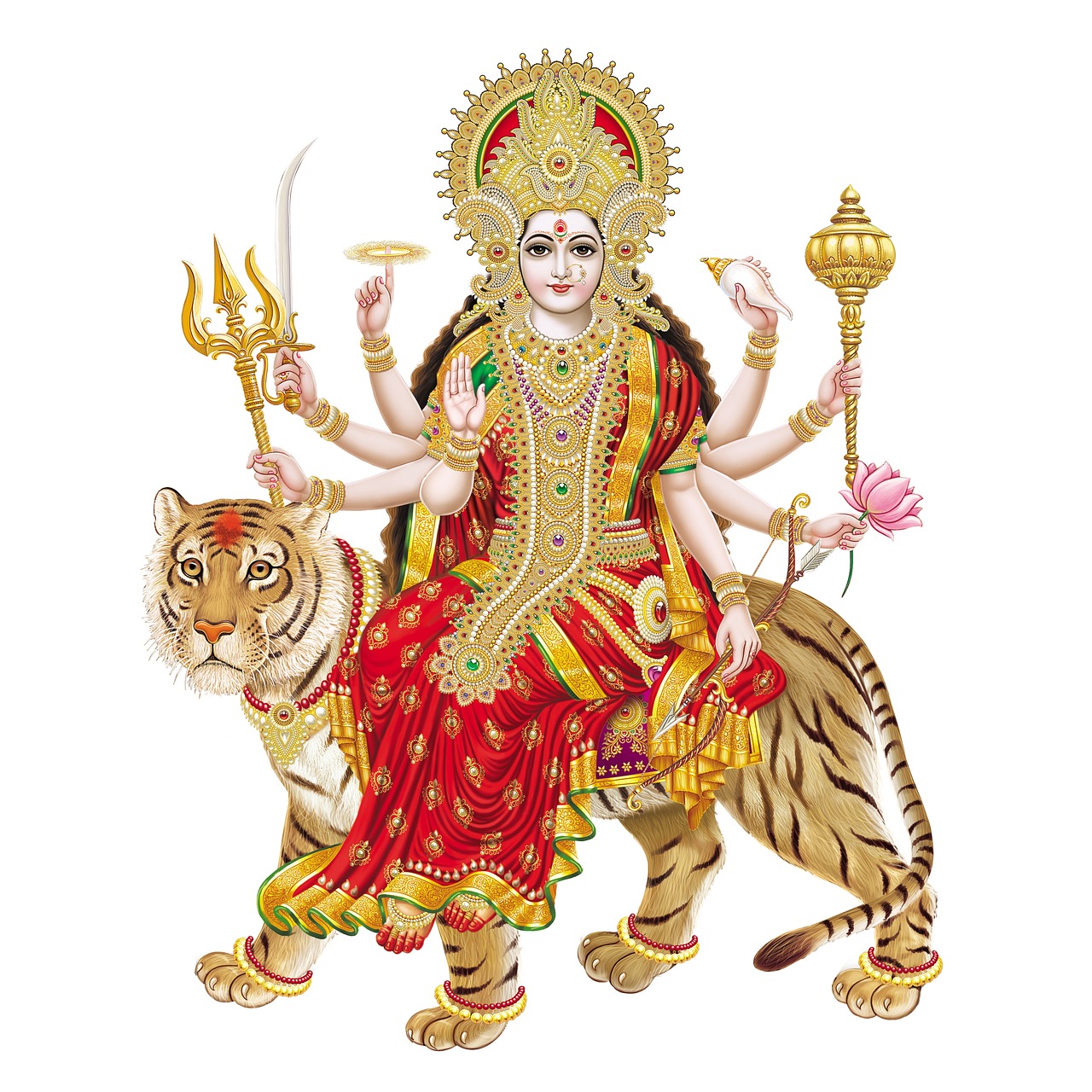
Ancient Egyptian mythology is home to a rich tapestry of intriguing deities, each presenting unique stories, symbols, and powers. One of the most captivating among them is Sekhmet. Delving into the lore surrounding Sekhmet not only enriches one’s understanding of Egyptian beliefs but also offers profound insights into their cultural values. This article will delve…
-
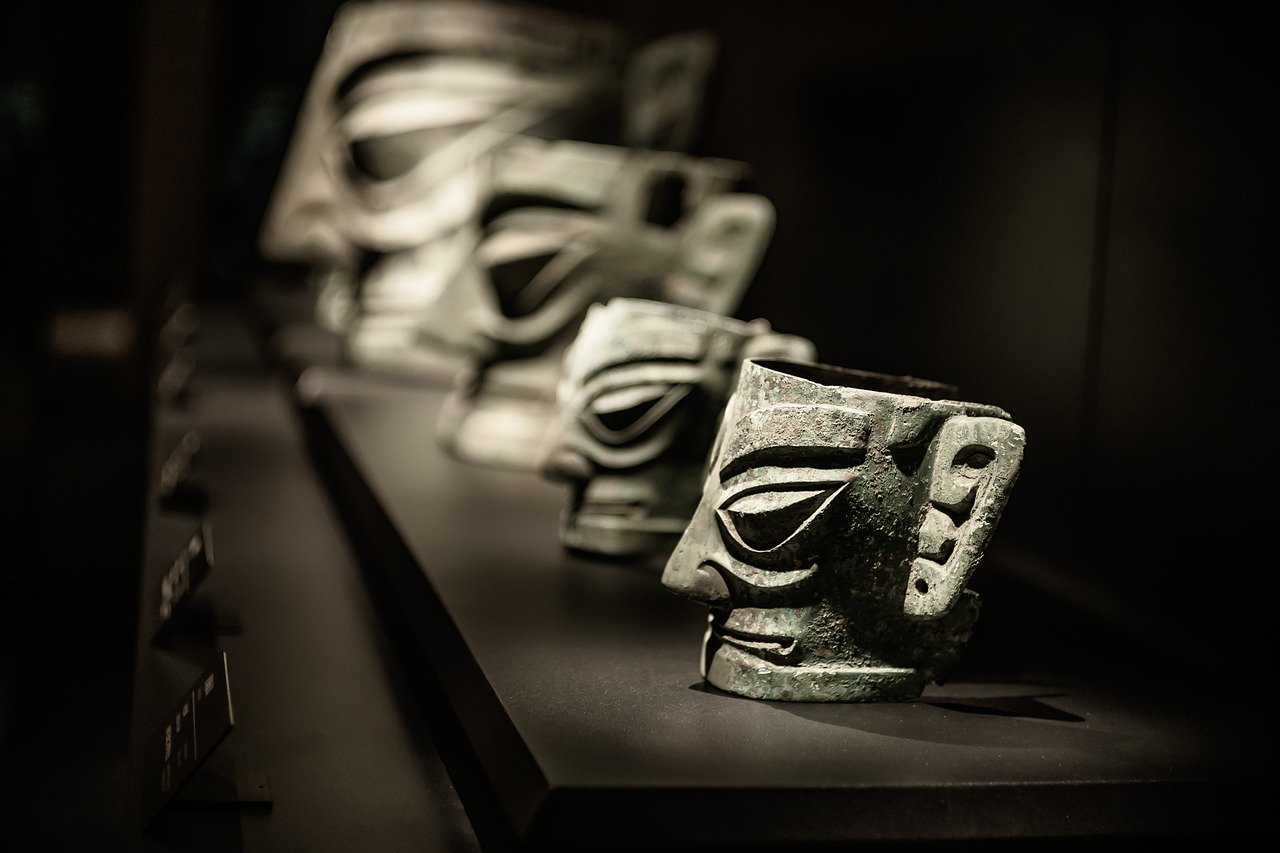
Several years ago, the British Museum hosted an intriguing exhibition titled “Living with Gods,” centered on the notion that religion profoundly influences human existence. This concept has long fascinated me: if the essence of humanity includes religion, what function does it serve? One fundamental aspect of religion is its role in interpreting and understanding the…
-
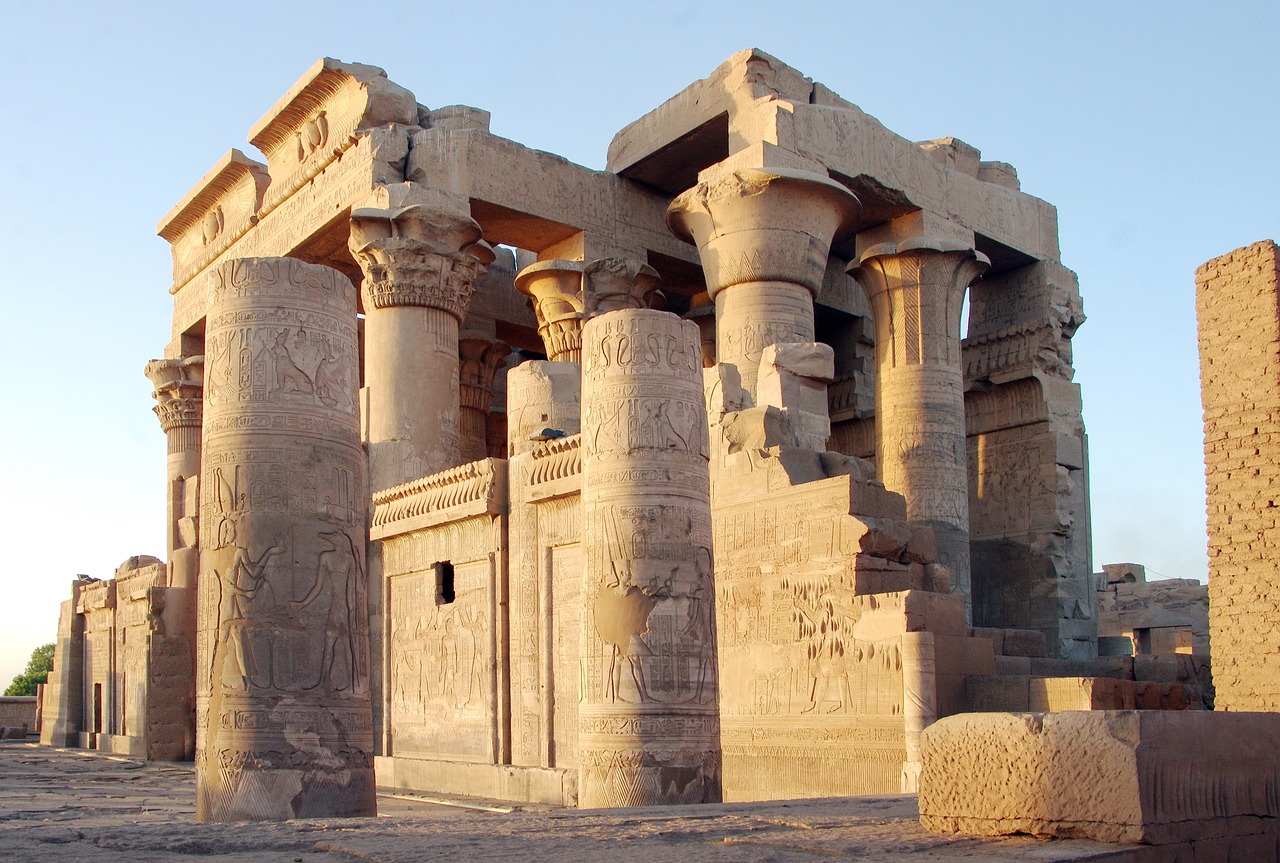
Life in ancient Egypt revolved around the vital annual flooding of the Nile, which brought fertility to the land, a theme that prominently influenced their religious beliefs. This interconnectedness is vividly represented by the crocodile god Sobek. Initially emerging as a local deity, Sobek gained significant prominence during the Middle Kingdom, reflecting the era’s political…
-

Mafdet, recognized as the lunar goddess, held the title of the Piercer of Darkness. Historically, our ancestors referred to cheetahs as “flying cats” due to their remarkable speed, which gave them an almost airborne appearance during high-speed chases. With the capability to accelerate to 75 km/h almost instantly, these agile predators can reach maximum speeds…
-
Anhur, also referred to as Onuris in Greek nomenclature, was an ancient Egyptian deity representing war and hunting. Hailing from This, located in the Thinite region near Abydos, he played the pivotal role of defending his father, Ra, the sun god, against foes, earning him the title “slayer of enemies.” His duties often included standing…


